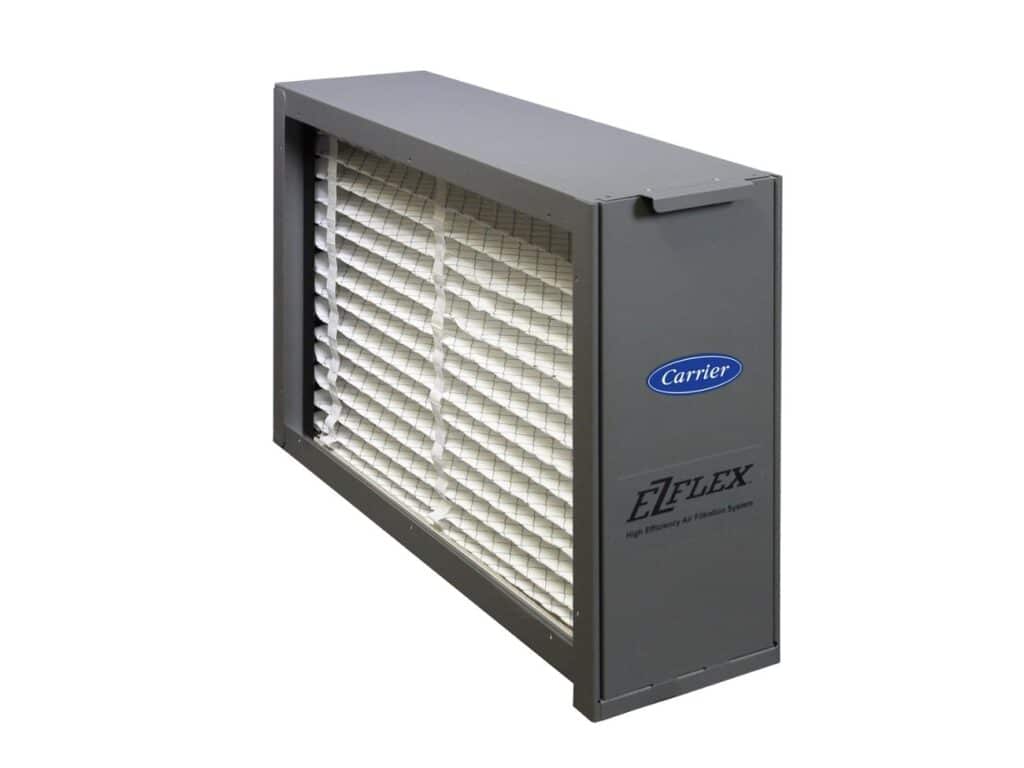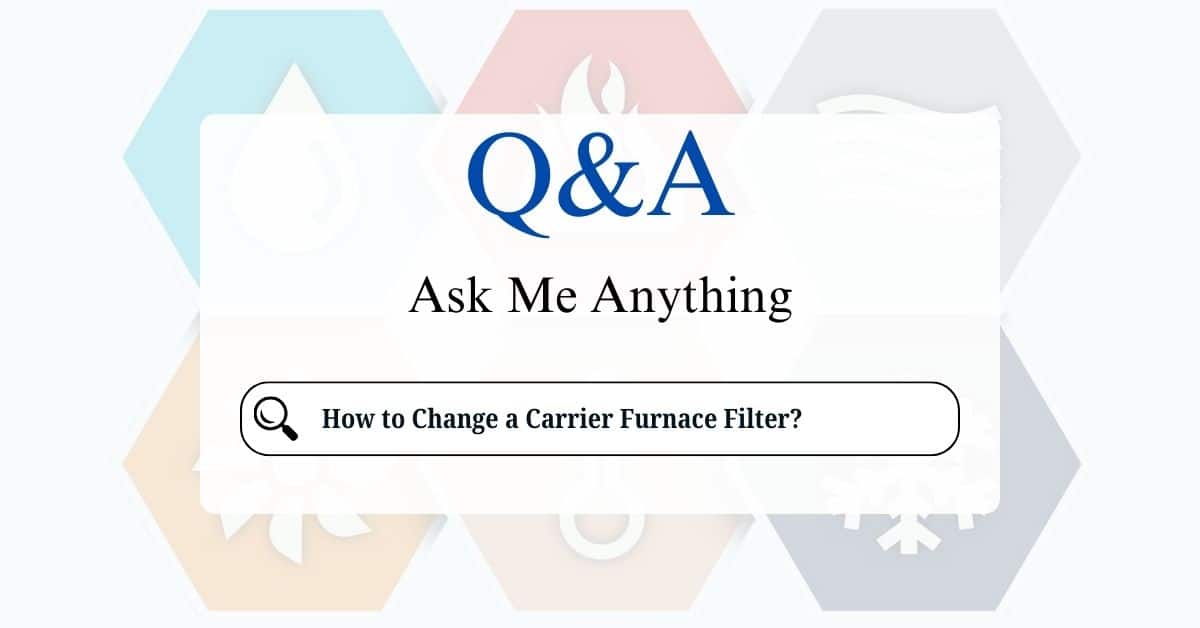Your furnace works hard to keep your home warm and cozy during the colder months. But just like any hardworking machine, it needs a little TLC to run efficiently. One of the most important maintenance tasks is regularly changing the furnace filter. It’s a simple job that can make a big difference in your home’s air quality and the lifespan of your furnace. Let’s dive into why it’s important and how to do it!
Think of your furnace filter as your home’s first line of defense against dust, dirt, pollen, pet dander, and other airborne particles. When your furnace runs, it pulls air in, heats it up, and then circulates it throughout your house. The filter traps those nasty particles, preventing them from recirculating in your air and from building up inside your furnace.
Here’s why a clean filter is so important:
- Improved Air Quality: A clean filter means cleaner air for you and your family to breathe. This is especially important for people with allergies or respiratory issues.
- Increased Energy Efficiency: When a filter is clogged, your furnace has to work harder to push air through it. This wastes energy and can lead to higher utility bills. A clean filter allows for optimal airflow, making your furnace more efficient.
- Extended Furnace Lifespan: A dirty filter can cause your furnace to overheat, which can lead to costly repairs or even premature failure. Regularly changing the filter helps keep your furnace running smoothly for longer.
Carrier Furnace Filter Size: Finding the Right Fit
Carrier furnace filters come in a variety of sizes to fit different systems. You’ll commonly find sizes like 12x20x4.5, 16x20x4.5, and 16x22x5, among others. The good news is finding the right size is easy: just look at the side of your existing filter! The dimensions are printed right there, so you can be sure you’re getting the perfect match.

Filters also have a MERV rating, which stands for Minimum Efficiency Reporting Value. This number indicates how well the filter traps airborne particles.
Carrier offers filters with different MERV ratings, such as MERV 8, MERV 10, and MERV 13. A MERV 11 filter is a great choice for filtering out common allergens and larger particles like dust and pollen. If you’re looking for even finer filtration, a MERV 13 filter can capture smaller particles, odors, and even virus carriers. Choosing the right MERV rating depends on your specific needs and concerns about air quality.
How Often Should You Change Carrier Furnace Filter?
The general recommendation is to change your furnace filter every 1-3 months. However, this can vary depending on several factors:
- Type of Filter: Some high-efficiency filters can last up to 6 months, while basic fiberglass filters should be changed monthly.
- Household Conditions: If you have pets, allergies, or live in a dusty area, you may need to change the filter more frequently.
- Furnace Usage: If you run your Carrier furnace constantly during the winter, you’ll likely need to change the filter more often than someone who only uses it occasionally.
A good way to remember is to check your filter monthly. If it looks dirty, it’s time for a change.
Changing Your Carrier Furnace Filter: A Step-by-Step Guide
Now, let’s get to the nitty-gritty. Here’s how to change your Carrier furnace filter:
- Turn Off the Furnace: For safety, always turn off your furnace before changing the filter. You can do this by switching off the power at the breaker box or by turning off the switch on the furnace itself.
- Locate the Filter: The filter is usually located in one of two places: in a slot on the side of the furnace or in the return air duct where the air enters the furnace. Check your furnace’s user manual if you’re unsure.
- Remove the Old Filter: Carefully slide the old filter out of its slot. Be mindful of any accumulated dust or debris. You might want to have a trash bag handy to dispose of the old filter immediately.
- Note the Airflow Direction: On the side of the old filter, you’ll see an arrow indicating the direction of airflow. Take note of this direction, as you’ll need to insert the new filter in the same way.
- Choose the Right Replacement: When buying a new filter, make sure it’s the correct size for your furnace. You can usually find the size printed on the old filter or in your furnace’s user manual.
- Insert the New Filter: Slide the new filter into the slot, making sure the airflow arrow is pointing in the correct direction (the same direction as on the old filter).
- Turn the Furnace Back On: Once the new filter is in place, you can turn the power back on to your furnace.
Where to Buy Your Carrier Filters
Having a few extra filters readily available means you can swap them out quickly and easily, keeping your system running smoothly. You have a few options where to buy furnace filter replacement:
- Carrier At Home Website: You can purchase filters directly from the official Carrier At Home website. This is a reliable source for genuine Carrier products.
- Local Retail Stores: Many local hardware stores, home improvement centers, and even some grocery stores carry Carrier furnace filters. This is a great option if you need a filter quickly.
- Online Retailers: Online retailers like Amazon and others also offer a wide selection of Carrier furnace filters. This can be a good choice for comparing prices and finding deals.
Another helpful tip is to set a reminder. Life gets busy, and it’s easy to forget about things like checking your air filter. Whether you use a calendar alert on your phone or a good old-fashioned sticky note, setting a reminder will prompt you to check your filter regularly. This way, you can catch it before it gets too dirty and starts impacting your air quality and HVAC efficiency.
If you’re looking to boost your air quality even more, consider upgrading your filter. If you or someone in your home has allergies or you simply want better overall filtration, look into higher-MERV filters. It’s a simple upgrade that can make a big difference in the air you breathe.
Changing your Carrier furnace filter is a quick and easy task that can have a big impact on your home’s comfort and your furnace’s performance. By following these simple steps and making it a regular part of your home maintenance routine, you’ll breathe easier knowing you’re taking care of your home and your health.






